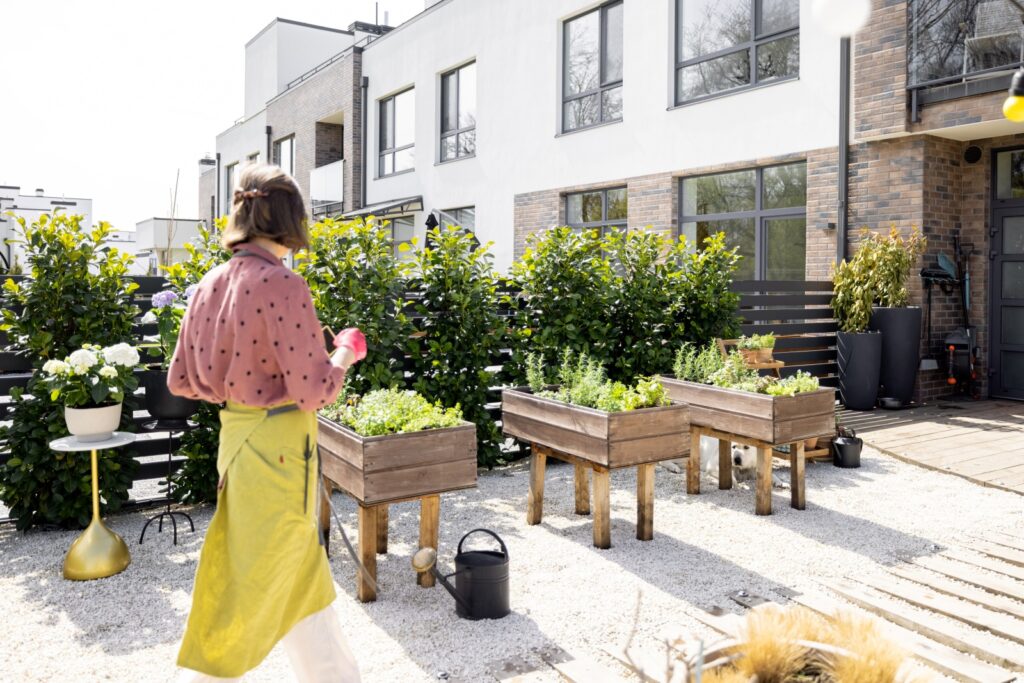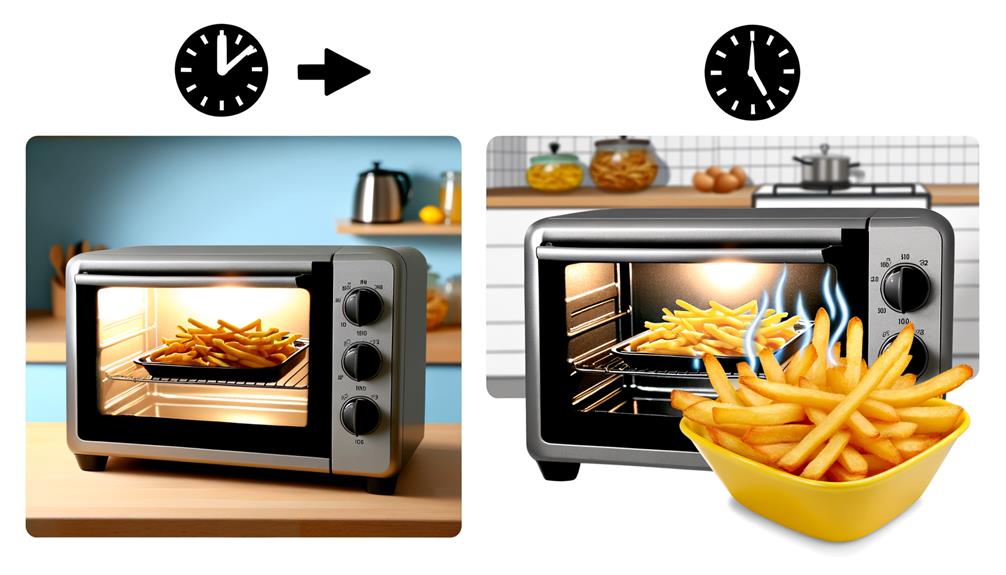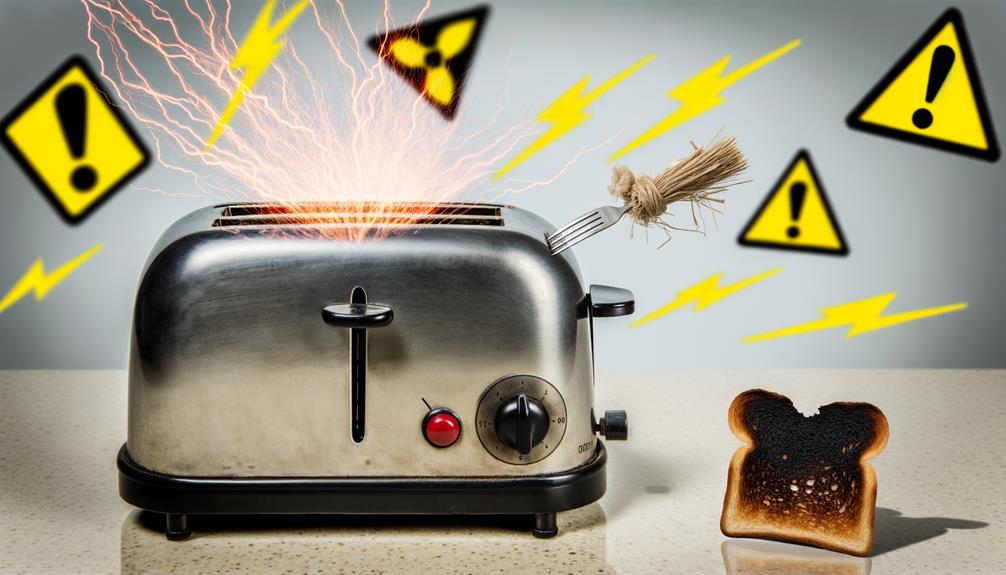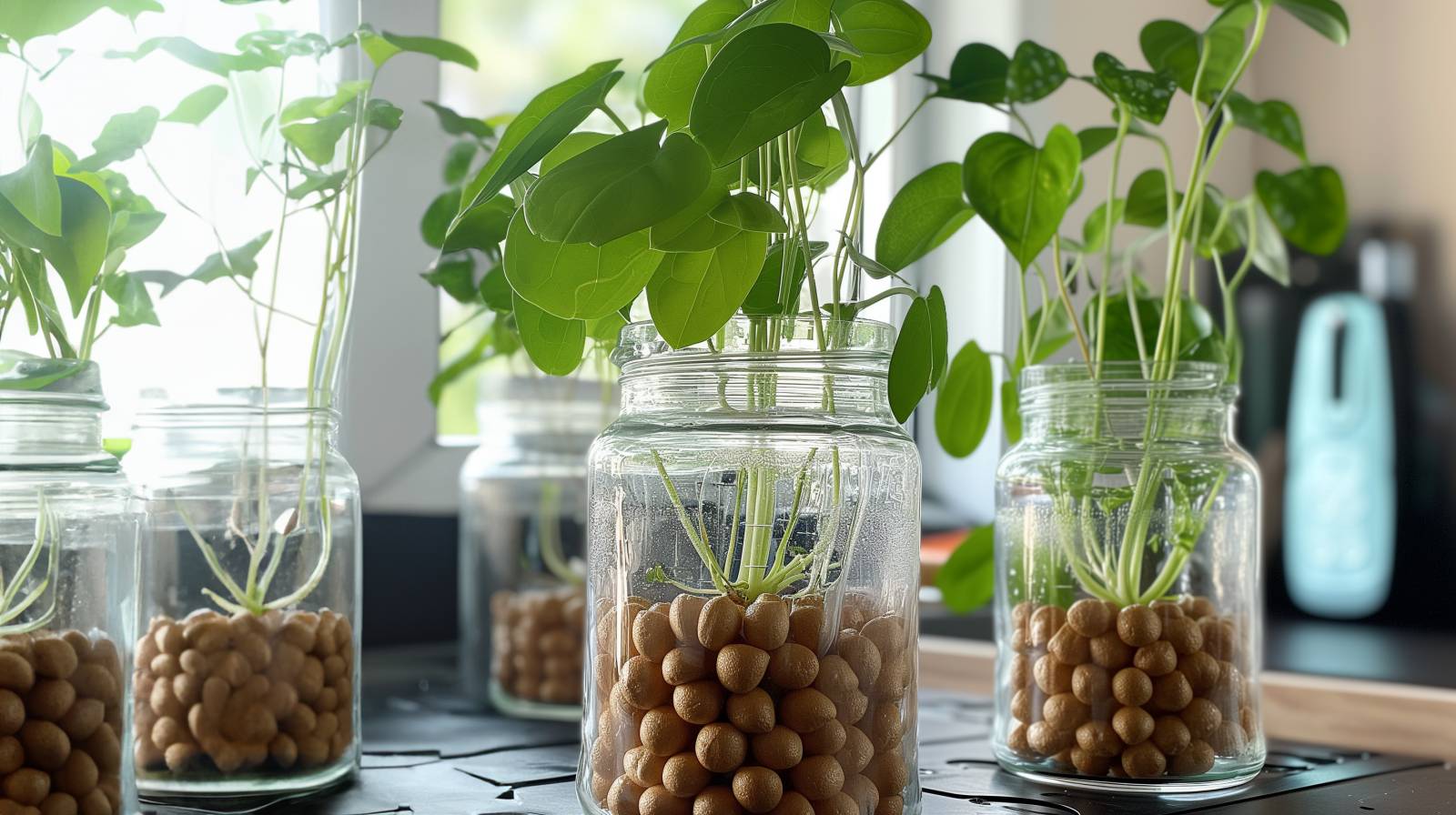As a seasoned gardener, I’ve learned valuable lessons from my past experiences. This is especially true for raised bed gardening, where I’ve predominantly planted vegetables and seasonal crops. In this article, I’ll share five common mistakes that people make with raised bed gardens, so you can sidestep these errors and achieve success in your own garden.
Table of Contents
ToggleTop Raised Bed Mistakes
Not Having an Overall Plan
One of the most significant mistakes people make when starting a raised bed garden is not having a comprehensive plan in place. Although it’s essential to start small and expand as your gardening expertise grows, evaluating your space and developing an overall plan before installing the first raised bed is crucial. Doing so will help you maximize areas that receive morning sunlight and afternoon shade. It’s also important to consider bed placement, size, and spacing, ensuring at least three feet between each bed for easy access.
Not Planning a Watering System
Another common mistake is not planning a watering system for your raised bed garden. Inconsistent watering can stress plants, making them more susceptible to pests and diseases. Implement a simple watering system, like a drip irrigation system connected to a garden hose with a battery-operated timer to keep your garden healthy. Drip lines are an excellent choice as they water the soil, not the plants, allowing for efficient moisture absorption with minimal waste and evaporation.
Not Filling Raised Beds with Enough Soil
Take full advantage of the space in your raised bed by filling it with sufficient soil—ideally, 12 to 18 inches deep. If your beds are taller, you can use the Hügelkultur method, which involves placing logs and wood chips at the bottom. However, ensure that the top 12 inches consist of good quality soil, allowing for a healthy soil food web to develop.
Skimping on Soil Quality
Soil quality is the most crucial factor in determining the success of your raised bed garden. Healthy soil should be rich in oxygen, light, fluffy, porous, and teeming with life. To start, you can use a mixture of compost, coconut coir, and vermiculite or perlite. Over time, continue adding compost and organic amendments to improve your soil quality further. In-bed vermicomposting buckets can also help enhance your soil, as worm castings are rich in nutrients, minerals, and beneficial microorganisms that promote plant growth and pest and disease resistance.
Planting at the Wrong Time
Many gardeners do not understand the best time to plant specific crops. Learn about cool season and warm season crops and their preferred growing temperatures, which vary depending on your location. Familiarize yourself with your area’s first and last average frost dates, and find a planting guide tailored to your region. Local extension offices, experienced gardeners, and nurseries can provide valuable information and resources.
How to Avoid Raised Garden Bed Mistakes
here are some useful tools and additional tips to help you succeed in your raised bed gardening journey.
Use the Right Tools for Your Garden
Having the proper tools can make gardening tasks more manageable and efficient. Some essential tools for raised bed gardening include:
- A garden trowel for planting and transplanting seedlings
- A cultivator or hand fork to loosen soil and mix in amendments
- Pruners for trimming and maintaining plants
- A watering can or hose attachment for precise and controlled watering
- A sturdy pair of gloves to protect your hands while gardening
Choose the Right Plants for Your Garden
Before planting, research which plants will thrive in your region and suit your gardening space. Consider factors such as sunlight requirements, water needs, and plant size at maturity. Additionally, think about companion planting—growing plants that benefit each other by attracting pollinators, deterring pests, or improving soil health.
Practice Crop Rotation
Practice crop rotation in your raised bed garden to maintain soil health and prevent the buildup of pests and diseases. This involves changing the location of plant families each season, ensuring that plants with similar nutrient requirements and pest issues are not grown in the same area year after year.
Utilize Vertical Space
Maximize your garden’s productivity by using vertical space. Grow vining plants like cucumbers, beans, and peas on trellises, and use vertical planters for herbs and smaller crops. This not only saves space but also improves air circulation and sunlight exposure, reducing the risk of diseases.
Monitor and Address Pest Issues Early
Regularly inspect your garden for pests and address any issues promptly. Implement organic pest control methods, such as introducing beneficial insects, using insecticidal soaps, or applying diatomaceous earth. Catching pest problems early can prevent them from becoming severe and damaging your plants.
Keep a Garden Journal
Maintain a garden journal to track your garden’s progress, record planting dates, and make notes on pest and disease issues. This valuable tool can help you learn from your experiences and make informed decisions in future gardening seasons.
Test Your Soil
Regularly testing your soil can provide crucial information on nutrient levels, pH, and organic matter content. This information can guide you in choosing the appropriate amendments and fertilizers for your garden. Many local extension offices offer soil testing services, or you can purchase a home soil test kit.









